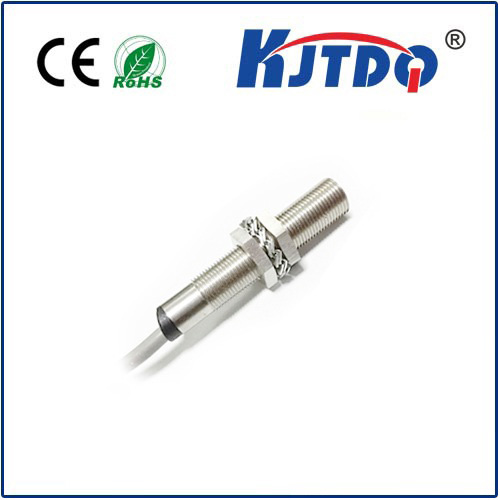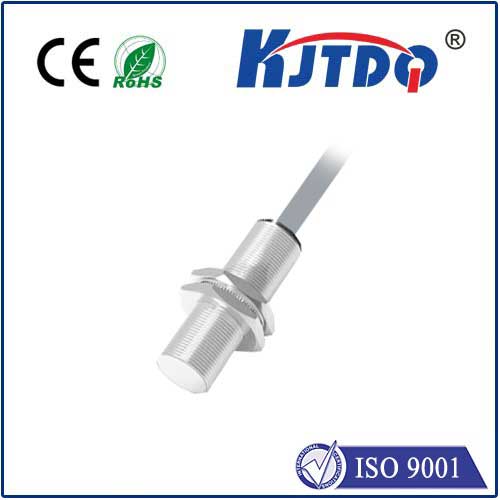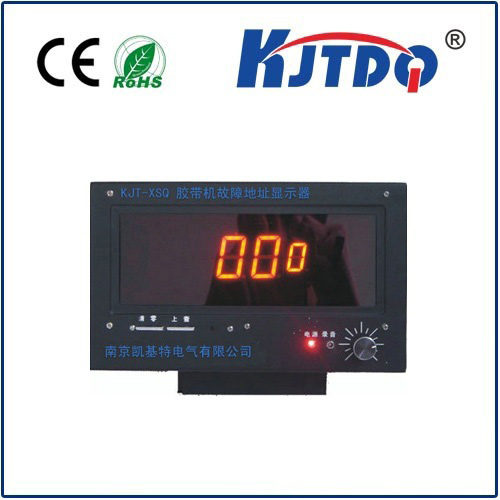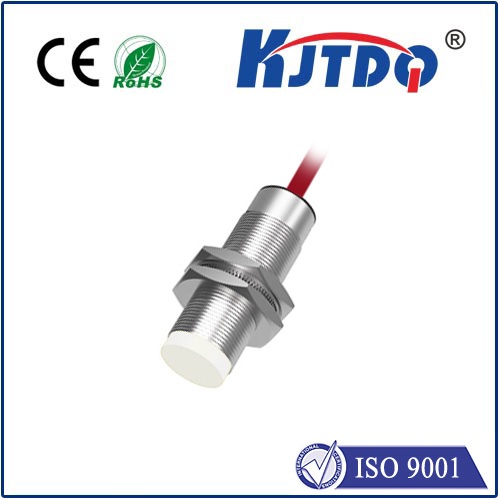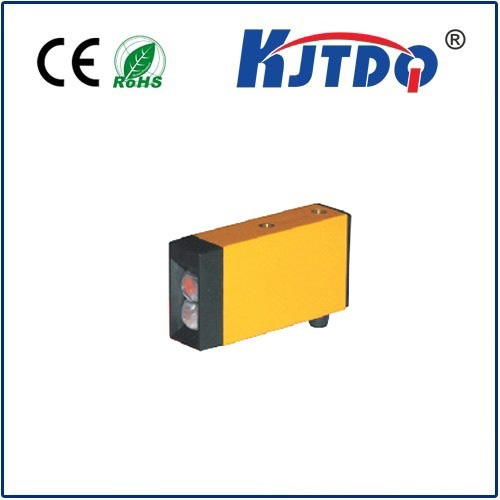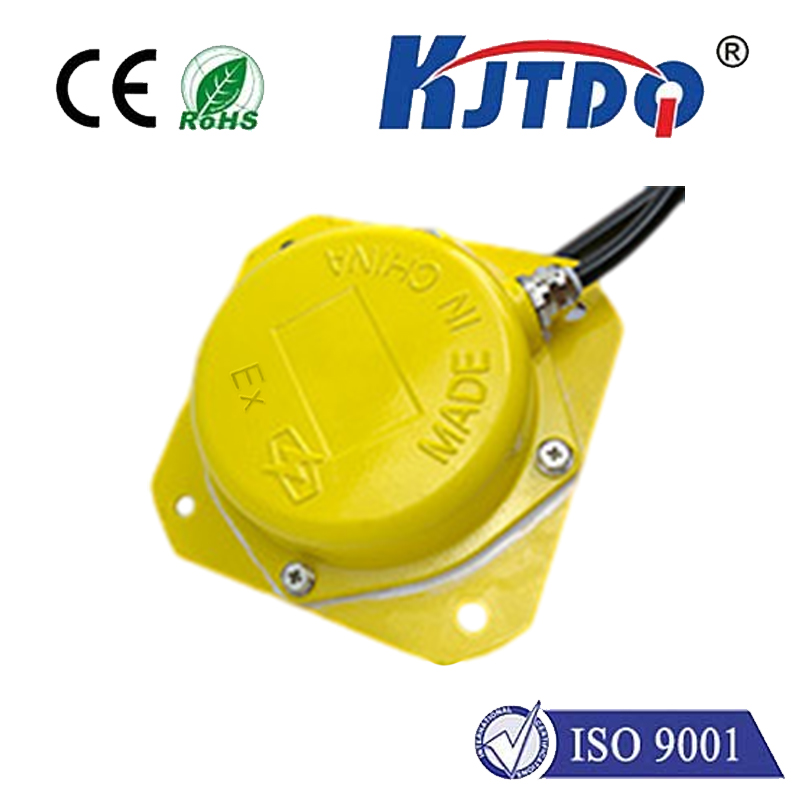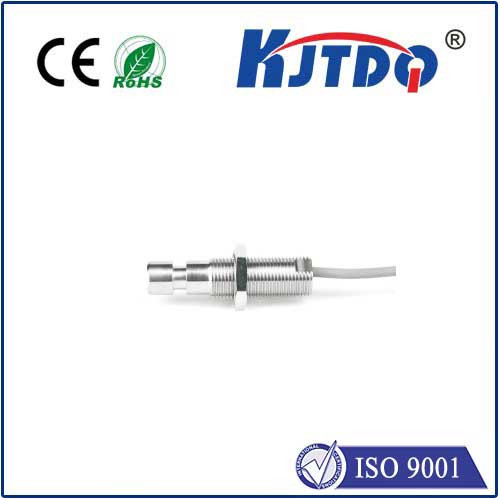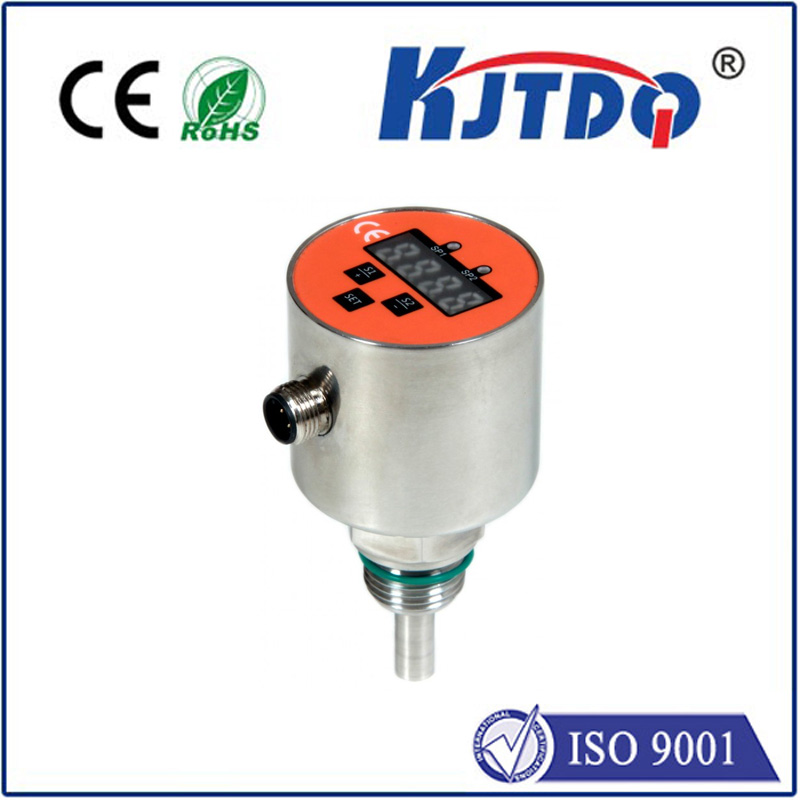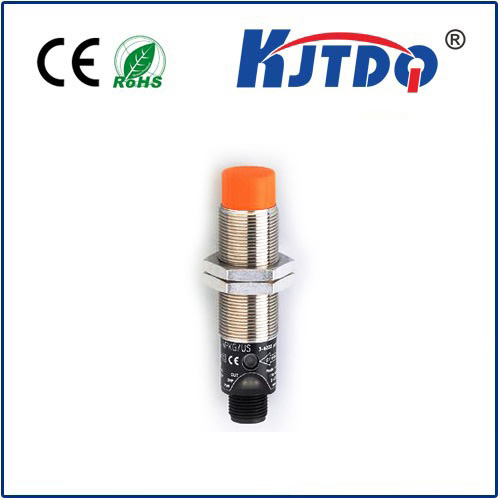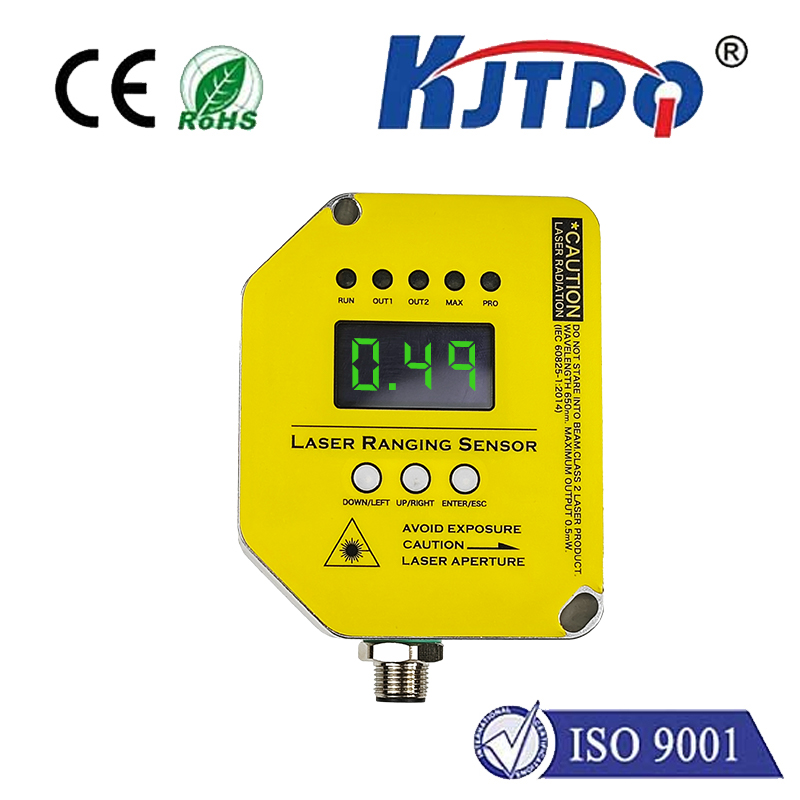BHS0032 high pressure proximity sensor
- time:2025-10-01 07:35:34
- Click:0
BHS0032 High Pressure Proximity Sensor: Engineered Resilience for Demanding Industrial Applications
When operational environments push pressure boundaries to the extreme, standard sensors simply can’t keep up. Equipment failure, inaccurate readings, and compromised safety become imminent risks. This is where the BHS0032 High Pressure Proximity Sensor transcends the ordinary, offering unparalleled reliability precisely where conventional solutions falter. Designed as a robust, non-contact detection solution, it stands as a sentinel in the harshest conditions, ensuring operational continuity and safety where pressure isn’t just a factor – it’s the defining challenge.
Understanding the niche this sensor occupies is crucial. A proximity sensor detects the presence or absence of an object without physical contact, typically using electromagnetic fields. The “high pressure” qualifier signifies its specialized construction to withstand environments where fluid or gas pressures reach significant levels, often hundreds or even thousands of PSI (Pounds per Square Inch) or MPa (Megapascals). The BHS0032 designation identifies a specific model engineered with materials and sealing technologies capable of enduring these intense forces without deformation, leakage, or signal degradation. Its core mission: provide unwavering, accurate object detection in pressurized systems where failure is not an option.
Why Standard Sensors Fail Under Pressure
Standard inductive or capacitive proximity sensors are workhorses in countless applications. However, subject them to sustained high pressure, and vulnerabilities emerge:

- Housing Deformation: The sensor body, often made of standard plastics or thinner metals, can physically distort under immense pressure, damaging internal electronics or altering the sensing field.
- Seal Failure: O-rings and seals not rated for extreme pressure can extrude, crack, or simply leak, allowing process media (oil, hydraulic fluid, coolant, gas) to penetrate and destroy the sensor.
- False Triggering: Pressure-induced flexing in the housing or diaphragm can mimic the target object’s presence, leading to inaccurate signals and potentially catastrophic control system errors.
- Premature Wear: Constant strain on components accelerates wear, drastically reducing operational lifespan.
The BHS0032 High Pressure Proximity Sensor Difference
The BHS0032 is engineered from the ground up to overcome these limitations. Its resilience stems from several key design philosophies:
- Robust, Pressure-Rated Housing: Constructed typically from high-strength, corrosion-resistant stainless steel (like 316L), the housing is designed as a thick-walled barrier. This isn’t just about being tough; it’s about maintaining structural integrity and dimensional stability under continuous high-pressure loads, ensuring the sensing distance and characteristics remain consistent. Think of it as a miniature pressure vessel for electronics.
- High-Integrity Sealing: Critical to its performance are specialized seals and sealing techniques. Often employing high-performance elastomers (like FKM/Viton) or metal-to-metal seals, combined with meticulously engineered gland designs, the BHS0032 effectively isolates the sensitive internal electronics from the punishing external environment. This prevents media ingress even under pressure cycling and thermal variations.
- Optimized Sensing Technology: While commonly employing robust inductive sensing (detecting metallic targets), the internal coil and electronics are potted or encapsulated using specialized compounds. This filling eliminates air pockets susceptible to compression, enhances vibration resistance, protects against moisture ingress if a seal is compromised, and provides excellent thermal stability, ensuring signal reliability.
- Explosion-Proof & Hazardous Area Certifications: Many BHS0032 variants are designed with certifications (like ATEX, IECEx) for use in potentially explosive atmospheres. The pressure-resistant design is intrinsically linked to preventing internal sparks or hot surfaces from igniting surrounding flammable gases or dusts present in high-pressure processes like oil refining or chemical manufacturing.
Where the BHS0032 Proves Indispensable
This sensor isn’t a general-purpose component; it excels in specific, high-stakes arenas:
- Hydraulic Systems: Monitoring piston position, valve spool detection, and end-of-stroke sensing within high-pressure hydraulic cylinders and power units. Failure here means loss of control over critical machinery.
- Oil & Gas Exploration/Production: Downhole tools (drilling, logging), surface wellhead controls, high-pressure pipeline valve positioning, and blowout preventer (BOP) systems demand extreme reliability under immense pressure.
- High-Pressure Die Casting (HPDC): Detecting plunger position in shot sleeves operating under thousands of PSI during the injection phase is critical for process control and mold safety.
- Chemical & Petrochemical Processing: Valve position feedback, pump monitoring, and reactor level control within pressurized vessels handling aggressive, often hazardous, chemicals.
- Test Benches & Pressure Vessels: Providing precise position feedback or presence detection for actuators, plugs, or components inside vessels undergoing high-pressure testing or simulation.
- Marine & Subsea Applications: Equipment operating at depth faces significant hydrostatic pressure. The BHS0032 provides reliable sensing for ROVs (Remotely Operated Vehicles), subsea valves, and offshore platform systems.
Critical Installation & Selection Considerations
Maximizing the performance and lifespan of the BHS0032 High Pressure Proximity Sensor requires careful attention:
- Pressure Rating: This is paramount. Verify the sensor’s specified maximum working pressure (PSI or MPa) exceeds the peak pressure encountered in your application, including potential pressure spikes or surges. Never operate near the absolute rated limit continuously.
- Media Compatibility: Ensure the housing material (e.g., Stainless Steel 316L) and seals (e.g., FKM) are compatible with the specific fluid or gas in the pressurized environment to prevent corrosion or seal degradation.
- Temperature Range: Confirm the sensor’s operating temperature range covers both ambient conditions and the heat generated by the process or friction under pressure.
- Electrical Specifications: Match the output type (e.g., PNP/NPN, NO/NC), voltage rating, and current requirements to your control system. Output options are often DC 3-wire.
- Mounting: Proper mounting is crucial to withstand pressure and vibration. Ensure the mounting method (e.g., threaded, flange) provides adequate mechanical support and sealing force. Avoid over-tightening. Pay strict attention to the specified tightening torque.
- Target Material & Size: Proximity sensors have specific sensing ranges based on target material (steel, aluminum, etc.) and size. Consult the datasheet to ensure reliable detection of your specific target at the required distance. Operating directly in high-pressure fluids can sometimes slightly reduce nominal sensing distances compared to air.
- Electrical Connections: Use high-quality, sealed connectors or conduit entries specifically rated for the pressure and environment to prevent leaks at the connection point. A chain is only as strong as its weakest link.
The Tangible Value Proposition
Choosing the right sensor for high-pressure applications isn’t just about avoiding failure; it’s about unlocking tangible benefits:
- Enhanced Safety: Reliable detection prevents unsafe equipment states and potential accidents, especially critical in processes involving flammable materials or high-energy systems.
- Maximized Uptime & Productivity: Minimize costly production stoppages caused by unexpected sensor failures deep within pressurized systems.
- Reduced Maintenance Costs: The BHS0032’s robust construction significantly extends replacement intervals compared to standard sensors constantly degrading under pressure, lowering total cost of ownership.
- Improved Process Control & Quality: Consistent, accurate position feedback ensures precise control over high-pressure processes, directly impacting product quality and repeatability.
- Long-Term Investment: Engineered resilience translates into a longer, more reliable service life, providing sustained value even in the most punishing environments.
**In the unforgiving realm of high pressure, the BHS0032 proximity sensor isn’t merely a component – it’s a critical safeguard, engineered to deliver unwavering performance






